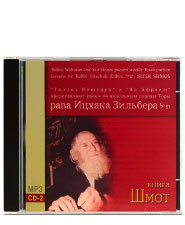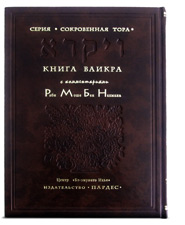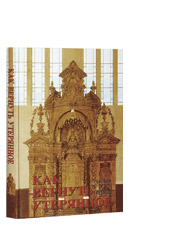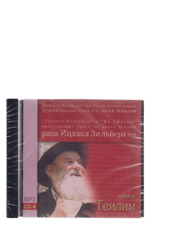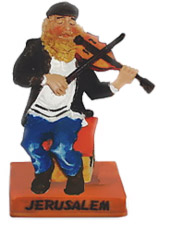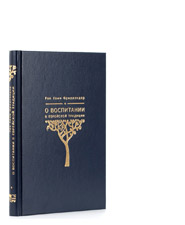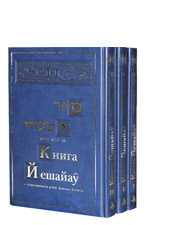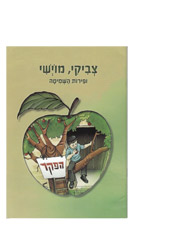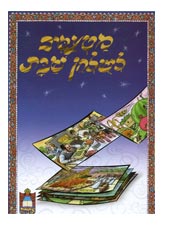
Toldos Yeshurun Kollel in Sanhedria
The Toldos Yeshurun kollel in Sanhedria
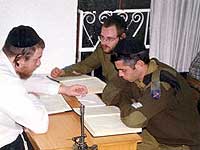
This largely successful kollel was the first of the now over 30 kollelim of Toldos Yeshurun operationg all over Eretz Yisroel. Let’s take a look back at how it all began:
In 1972, when Rav Yitzchok Zilber first came to
Nevertheless, this period, before the beginning of mass aliyah, can be called “the period of singles”.
In the late 80ies, hundreds of young Russian-speaking Jews started their yeshiva education, and towards the year 2000, a unique situation materialized when there were several hundred “Russian” bnei Torah in Eretz Yisroel who had studied for 7-10 years in the best American, European and Israeli yeshivos. It goes without saying that many of them were either the students or students of the students of the leader of the Russian Jews’ teshuvah movement, Rav Yitzchok Zilber.
Many Russian-speaking organizations in
As a result of their work, in the late 90ies it became possible to use hundreds and hundreds of young avrechim and lecturers for educational work.
This period, from the late 80ies until the late 90ies, can be called “the period of the hundreds”.
It was in this setting that the initiative of “Toldos Yeshurun” came to fruition.
The organization was founded by Avrohom Cohen under the spiritual leadership of Rav Yitzchok Zilber. Rav Ben Tzion Zilber headed the kollel, and Yehuda Leib Avrech took up the administrative and financial work.
It all began with the chavrusa kollel in the
The number of students in the kollel grew steadily, and we were bombarded with requests to open study programs in other places. A short time later, an evening program came into existence in Beitar Illit under the leadership of Rav Nochum Ofman. Here, Russian-speaking avreichim began learning at night with their peers who worked in the mornings.
Two more kollelim were set up in Neve Yaakov and Beit Shemesh under the leadership of Toldos Yeshurun activists Yisroel Mann and Yosef Shupak.
That is how the chin reaction started.
Today, there are Toldos Yeshurun kollelim in Tel Aviv,
Parallel to the programs for men, a network of classes for women was set up under the leadership of the daughter of Rav Yitzchok Zilber, Rebbetzin Chava Kuperman.
Thus, the evening learning program in Sanhedria became a “greenhouse” for the growth of leaders of the Russian-speaking community in
This period can be called the period of formation – the formation of a united, Israel-wide learning network in Russian, which now boasts over 350 Russian-speaking Torah teachers and lecturers!
To draw conclusions from Toldos Yeshurun’s work, one can say that the three main principles on which we rely in our work have done much for the success of our activities.
The first principle is personal contact. Everything is built on the main principle of giving over the Torah, used by our ancestors from generation to generation – chavrusos, i.e. study partners.
The second principle is – all the directors of our programs are immigrants from the former
The third is – our directors are not hired workers. They themselves raise the funds and apportion the budget, receiving mainly organizational and methodical help from Toldos Yeshurun, as well as financial support in the beginning period, or a small monthly contribution, up to 50% of the budget – sometimes a bit more, sometimes a bit less.
Now we can speak about the appearance of the necessary conditions for the fourth period of the development of the “Russian” religious community. This is the ultimate formation of the Russian-speaking community of
The chain reaction continues.





